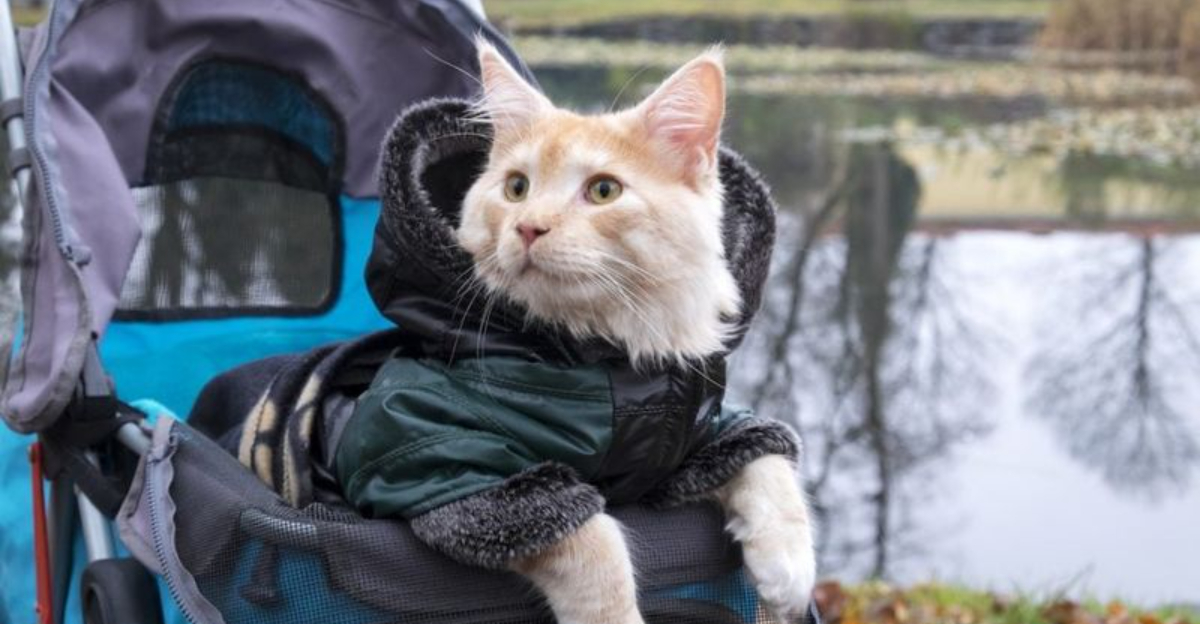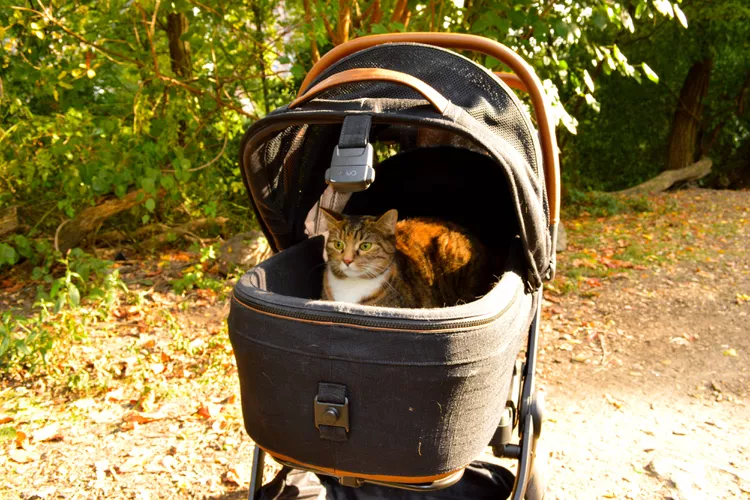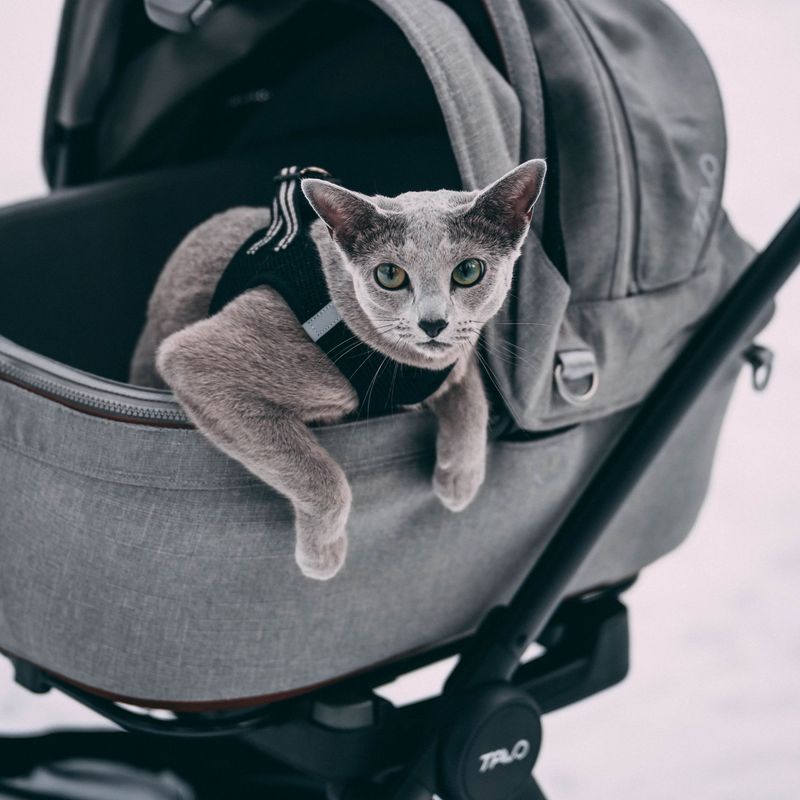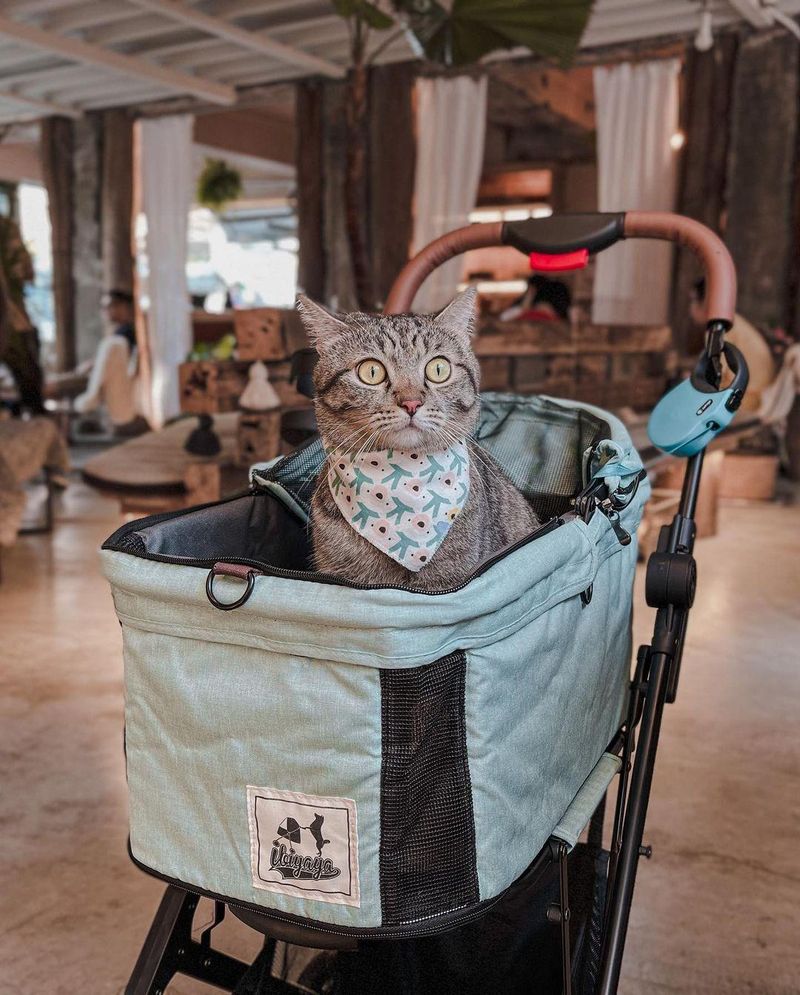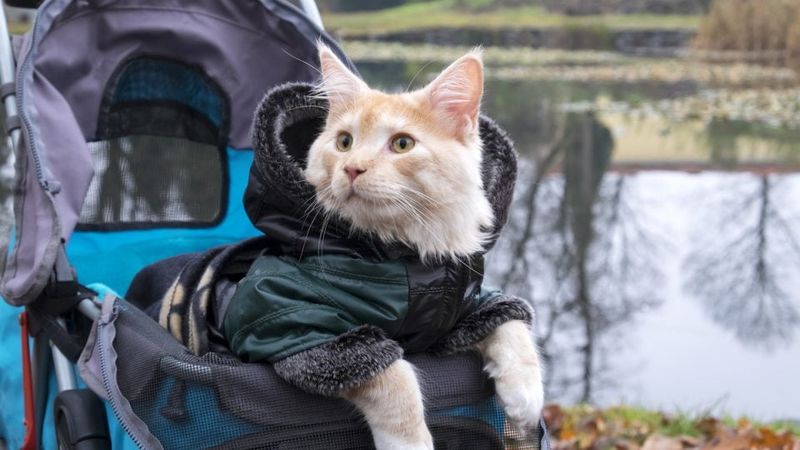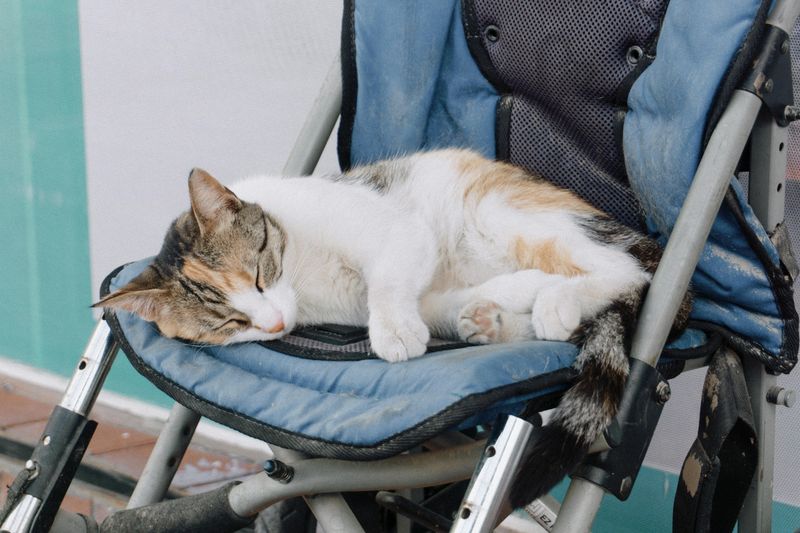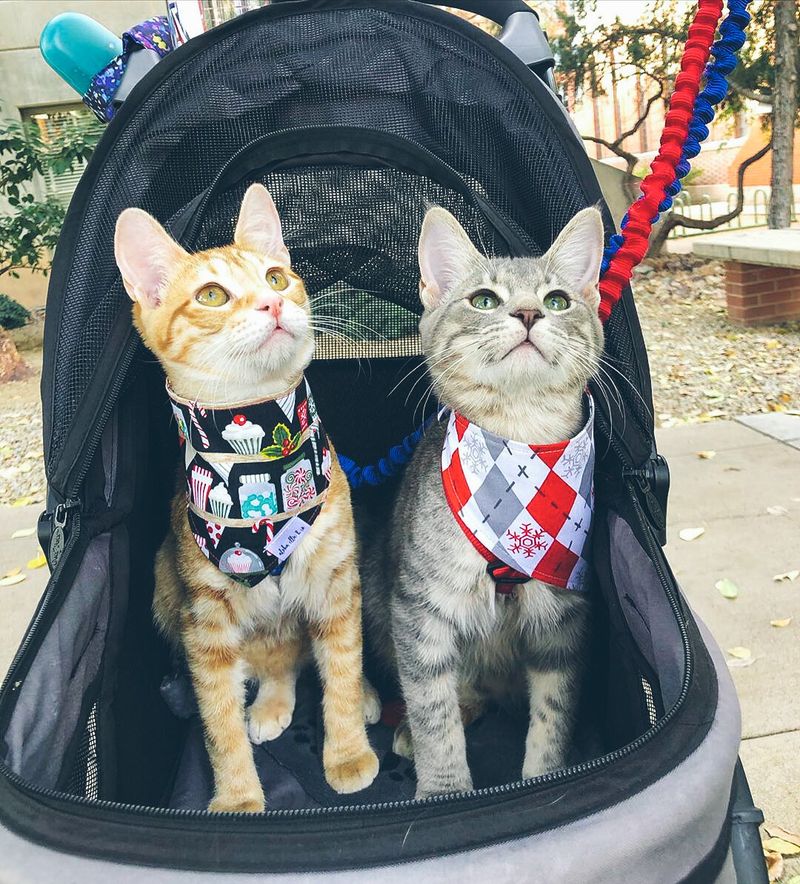📖 Table of Content:
Teaching your cat to enjoy stroller rides might sound like a quirky venture, but it can open up a whole new world of enrichment for both you and your feline friend. Unlike dogs, cats aren’t naturally inclined to explore outside spaces with their humans, but with a bit of patience and the right approach, many cats can learn to feel secure and even excited about going on strolls. A pet stroller allows indoor cats to experience fresh air, new sights, and novel smells while remaining safe and contained.
This journey requires understanding your cat’s unique temperament and gradually building positive associations with the stroller. Rather than rushing into an outdoor adventure, it’s important to create an environment where your cat feels in control and stress-free. With consistent steps and attention to their comfort, you’ll be surprised at how adaptable even the most hesitant cats can become over time.
Whether you’re doing this for stimulation, mental enrichment, or just a bit of companionship on your walks, the process is as much about bonding as it is about training. The goal is to make each stroller outing a rewarding, calm experience that becomes second nature. These seven structured steps will guide you through introducing the stroller, building confidence, and venturing into the great outdoors—cat in tow.
1. Choose the Right Stroller
Selecting a pet-appropriate stroller is the foundation of the entire training process. Ensure the model you choose is designed for pets, with mesh windows for ventilation and visibility, as well as secure zippers to prevent escape. Your cat should be able to sit, stand, or lie down comfortably, with enough room to turn around. When the stroller arrives, place it somewhere familiar in your home and allow your cat to explore it at their own pace. Resist the urge to place your cat inside immediately; let curiosity lead the way. You might even leave the packaging materials or stroller cover on initially to further reduce any intimidating “newness.” Familiar scents and freedom to investigate will help the stroller seem less like a trap and more like a part of their territory.
2. Make the Stroller a Safe Space
Turning the stroller into a cozy haven starts with adding elements your cat already associates with comfort and security. Toss in their favorite blanket, a shirt with your scent, or a toy they often nap with to make the space inviting. Some cats respond well to treats placed inside, encouraging brief visits that grow longer over time. You can also use synthetic feline pheromones, like Feliway spray, to promote relaxation in the space. Keep the stroller open and accessible so your cat can enter or leave freely—this builds trust. Positive interactions at this stage lay the groundwork for how your cat will feel about the stroller moving forward. Think of this like decorating a child’s room: it should feel uniquely theirs.
3. Practice With the Cat Inside (Indoors)
Once your cat begins entering the stroller on their own, gently start closing the canopy for short periods while they’re inside. These early “containment” sessions should be brief and always end on a positive note, like a treat or soft praise. Begin with the stroller completely stationary, allowing your cat to get used to being enclosed without the added challenge of movement. Sitting beside the stroller during these sessions reassures your cat that you’re nearby and present. Aim for consistency—doing this daily, even for just a few minutes, speeds up the acclimation process. If your cat seems anxious, take a step back and keep the sessions shorter or return to the previous phase. Confidence is built through repetition and patience, not pressure.
4. Start Rolling Indoors
Introducing movement is the next milestone in stroller training, and it should start within the safe confines of your home. Push the stroller slowly around familiar rooms where your cat already feels secure. During the ride, speak to your cat in a calm, upbeat voice and pause occasionally to offer treats or gentle encouragement. If your floors are noisy or uneven, start with short straight paths to minimize jarring sensations. Observe your cat’s body language—ears up and relaxed posture are signs of comfort, while crouching or vocalizing might signal fear. As your cat becomes more relaxed, gradually increase the duration and complexity of the routes. This indoor experience helps them build tolerance for motion without the overwhelm of unfamiliar environments.
5. Gradually Move Outside
Shifting to outdoor strolls introduces an entirely new set of stimuli, so this transition should be slow and deliberate. Begin in a quiet, low-traffic area like your backyard, a patio, or a calm sidewalk. Keep outings short at first, just five to ten minutes, allowing your cat to absorb the surroundings from the safety of the stroller. Avoid loud noises, barking dogs, or crowds during these initial excursions to prevent negative associations. Let your cat sniff the air and watch birds or passing people at a distance—they’re learning through observation. The goal is not to get anywhere, but to help your cat feel calm in a moving, open-world context. Returning inside promptly and offering a treat reinforces the idea that outdoor time is safe and temporary.
6. Increase Ride Duration and Variety
With your cat now familiar with short outdoor jaunts, you can begin expanding the adventure. Try longer routes, new neighborhoods, or gentle nature trails where the stroller can roll smoothly and distractions are manageable. Alternate the time of day you go out, so your cat gets used to different levels of light and ambient sounds. If your cat is leash-trained, consider stopping occasionally and letting them explore a grassy patch under supervision. Variety not only keeps things interesting but also broadens your cat’s tolerance for new environments. Each successful outing strengthens your cat’s confidence and readiness for more complex scenarios. Just remember to remain responsive to your cat’s signals and take a break if they seem overstimulated.
7. Read Your Cat’s Body Language
Understanding how your cat communicates stress and contentment is vital throughout stroller training. Dilated pupils, flattened ears, growling, or hiding in the corner of the stroller may indicate discomfort or fear. In contrast, alert ears, relaxed body posture, and quiet curiosity signal acceptance and even enjoyment. Take mental notes after each outing—what worked well, what startled them, and what could be improved. Every cat is different, and some may never fully embrace long stroller rides, which is perfectly okay. Be flexible in your expectations and let your cat guide the pace. Above all, maintaining a sense of safety and control will keep the process positive for both of you. The more your cat trusts you, the more enjoyable the adventure becomes.
